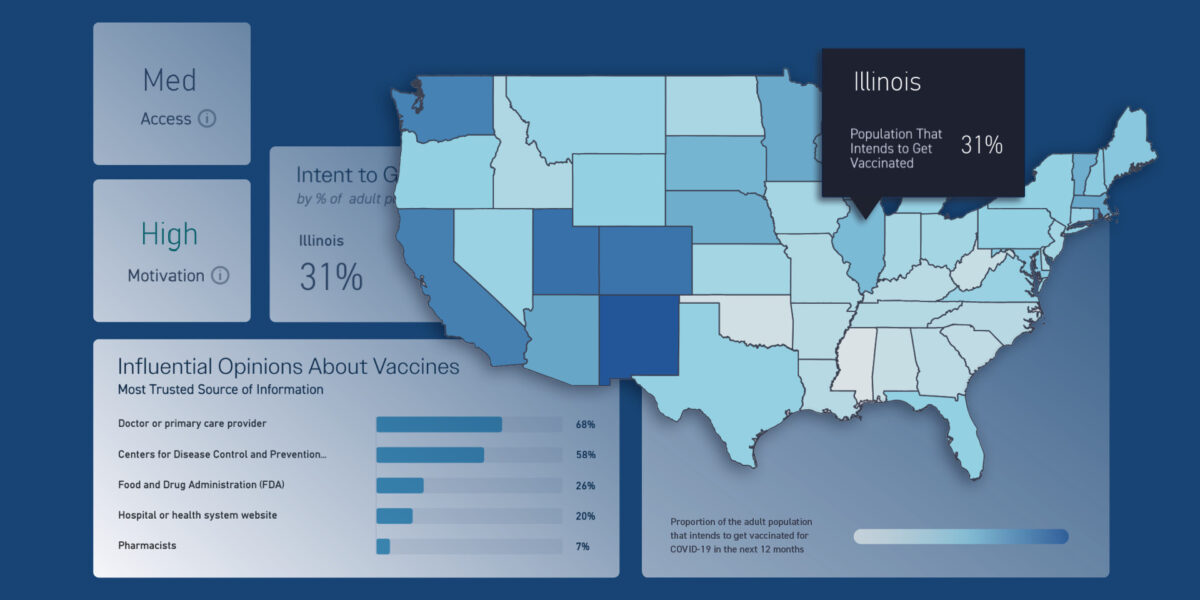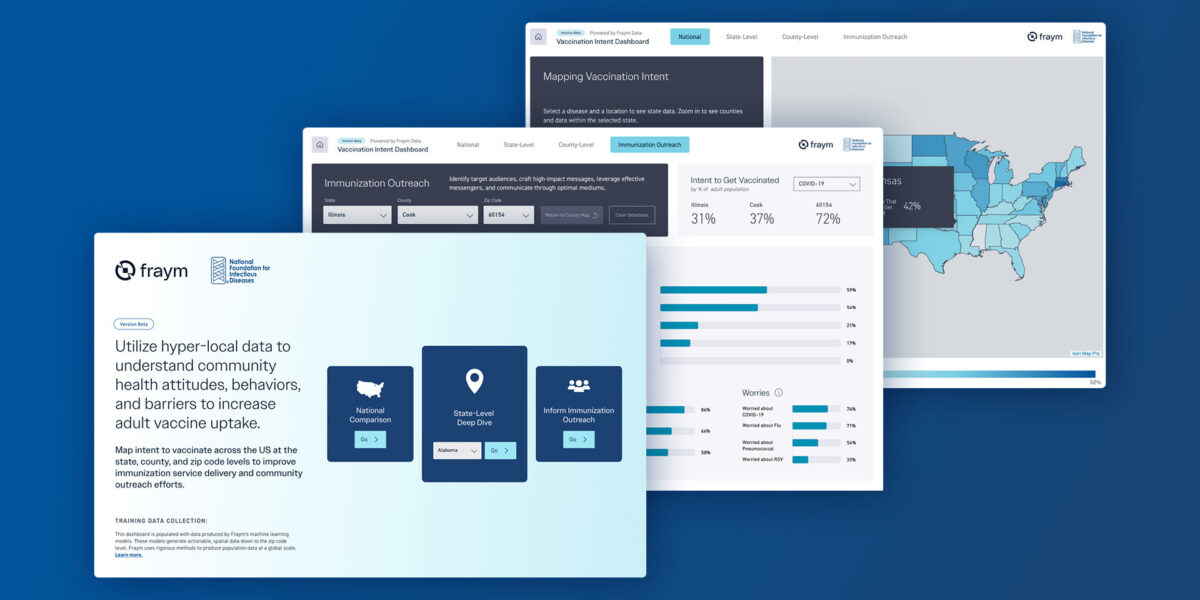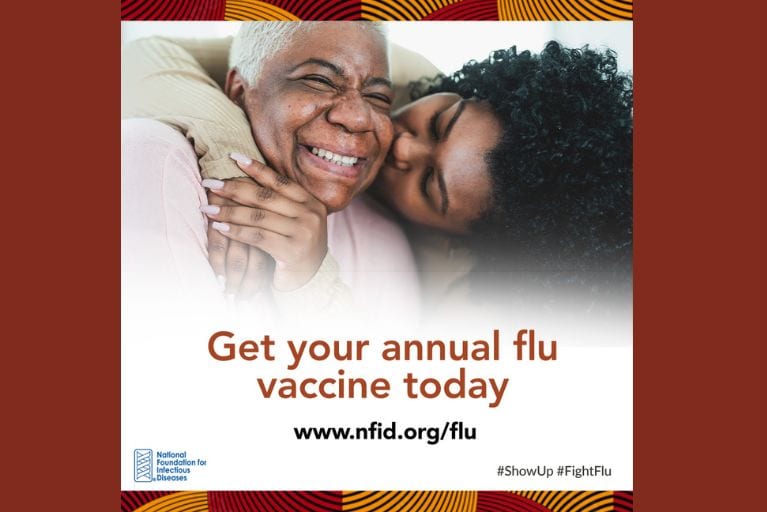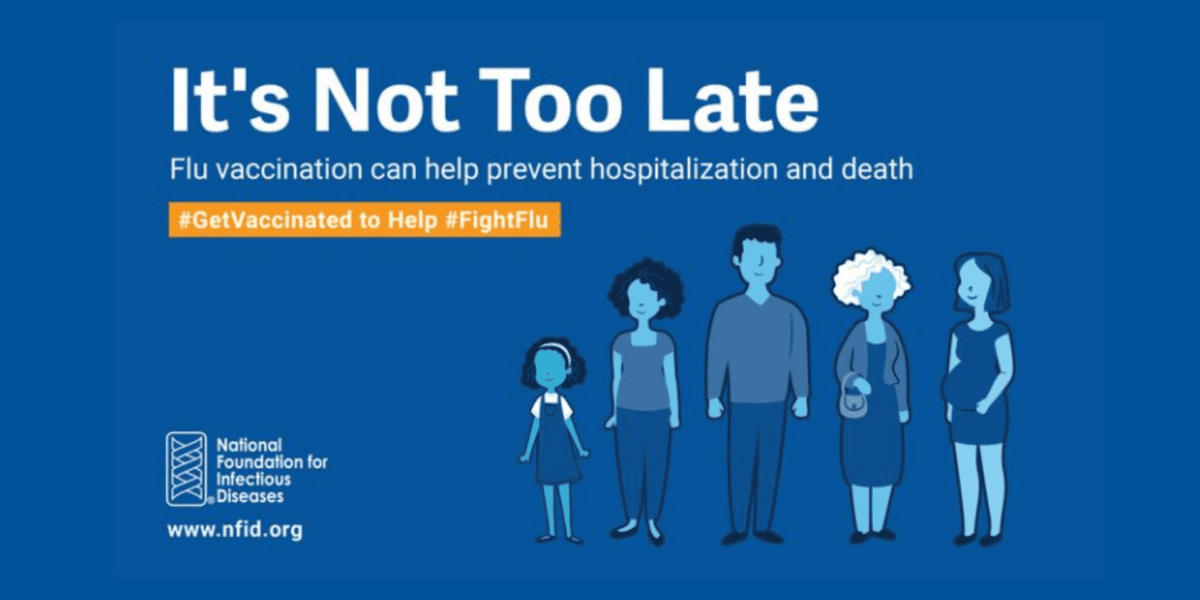
Vaccination against respiratory illnesses like influenza (flu), COVID-19, respiratory syncytial virus (RSV), and pneumococcal disease helps save lives, yet adult vaccination rates in the US have consistently remained below public health goals for decades. Despite ongoing education and outreach campaigns since the 1980s, annual flu vaccination rates for adults have stagnated below 50%, and only about 35% of eligible older adults and pregnant women have been vaccinated against RSV.
These numbers highlight a troubling trend—public health strategies that disseminate standardized reminders and messages to the general adult population across the US are simply not enough. Instead, highly tailored, data-driven approaches that reflect dynamics in each of the roughly 42,000 zip codes across the US are essential to breaking through long-standing barriers to vaccination. Although most public health professionals know this, they lack the data and tools to act upon it.
To help meet this need, the National Foundation for Infectious Diseases (NFID) is collaborating with Fraym to map US adult intent to get vaccinated against COVID-19, flu, RSV, and pneumococcal disease along with their reasons for or against getting vaccinated.
These unique data are now available for every state, county, and zip code in the US through a user-friendly US Vaccine Uptake Dashboard. This pilot tool provides hyperlocal insights to guide public health leaders in designing effective, community-specific vaccination campaigns. Developed in collaboration with NFID partners, the Association of Immunization Managers (AIM) and the National Association of County and City Health Officials (NACCHO), the dashboard empowers stakeholders to apply resources where they are most needed. NFID provided funding for the pilot project as part of an ongoing commitment to building vaccine confidence and ensuring health equity.

The dashboard utilizes a machine learning approach to produce novel data and insights, enabling users to:
- View dynamic heatmaps and statistics related to the proportion of adults who intend to get vaccinated against COVID-19, flu, RSV, and pneumococcal disease
- Identify key demographic information for each community, including income, education, race/ethnicity, age, and primary languages spoken at home
- Craft compelling messages to address specific barriers related to vaccination access and motivation
- Pinpoint the most trusted and influential messenger(s) around immunization information
- Choose the most appropriate media platforms with significant reach to share those messages
Armed with this innovative tool, state and local health officials and other immunization advocates can launch effective education and outreach campaigns that deliver important messages to specific population groups in localized geographic areas on the media platforms that they use most.
Breaking Down Community-Level Barriers

Existing data at a state or county level can mask the community-level differences that influence vaccine uptake. The pilot dashboard uncovers these nuances, demonstrating why a localized approach is essential:
- Demographics: Areas with higher proportions of racial and ethnic groups, lower education levels, or households living below the poverty line often experience lower vaccination rates. Fraym data highlights significant disparities in flu vaccination intent across neighboring zip codes, frequently reflecting socioeconomic and racial/ethnic divides.
- Barriers: Vaccine hesitancy in underserved communities may stem from concerns about side effects, while in more affluent and educated areas, hesitancy may arise from other factors. Identifying specific barriers within each community enables more tailored messaging to effectively address concerns with limited budgets.
- Messengers: The sources of trusted vaccine information also vary by community. Religious leaders or healthcare professionals might be more influential in some areas, while in others, family and friends play a more significant role. Customized outreach through these trusted messengers can help reduce hesitancy.
- Media Platforms: Communication preferences differ across communities. While platforms like Facebook typically have broad reach, traditional media such as TV news can be more effective in reaching certain populations. Understanding these preferences ensures that messages are communicated in the most impactful way.
By providing this level of detail, the pilot project aims to equip public health stakeholders with actionable insights to develop campaigns that resonate with specific audiences, leading to more impactful and equitable immunization initiatives.
The dashboard represents a step forward in equipping key stakeholders with the resources they need to protect communities from vaccine-preventable diseases and ultimately, to save lives.
Dashboard Feedback and Access
Interested health professionals can learn more and request access at: www.nfid.org/us-vaccine-uptake-dashboard/.
To join the conversation and get the latest news on infectious diseases, follow NFID on X (Twitter), like us on Facebook, follow us on Instagram and Bluesky, visit us on LinkedIn, listen and subscribe to the Infectious IDeas podcast, and subscribe to receive future NFID Updates.
Related Posts

4 Ways to Address Disparities in Vaccination Rates
Despite overwhelming evidence of the benefits of vaccination against many diseases, immunization rates have historically been low among communities of color …

#ShowUp and #FightFlu
The National Foundation for Infectious Diseases (NFID) is working in partnership with Black-led and Black-serving organizations to increase awareness of the importance of annual influenza (flu) vaccination among US Black adults. Special thanks to NFID Immediate Past-President Patricia N. Whitley-Williams, MD, for this guest blog post on the critical role that annual flu vaccines play in protecting Black families and communities …

It’s Not Too Late To #FightFlu
With influenza (flu) activity now high across the US, NFID is joining the Centers for Disease Control and Prevention (CDC) in reminding everyone that it is not too late to benefit from annual flu vaccination. Special thanks to José R. Romero, MD, director of the CDC National Center for Immunization and Respiratory Diseases for this guest blog post …
